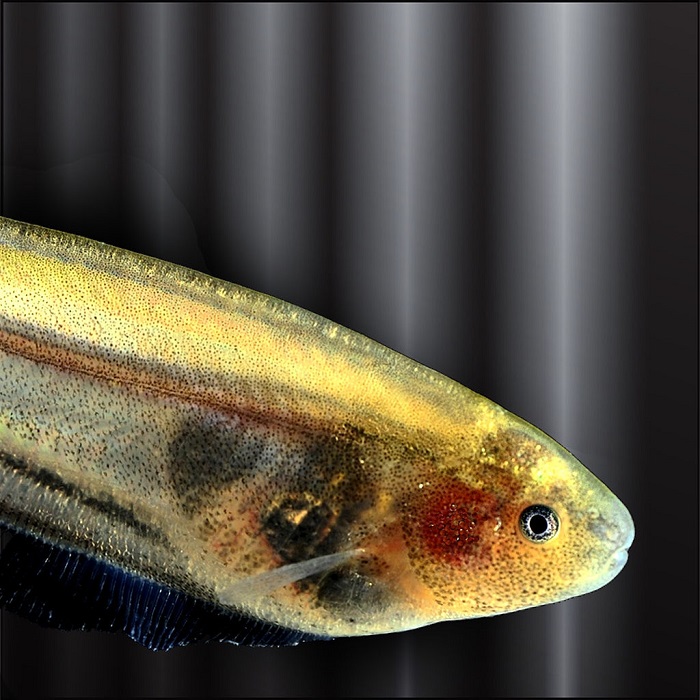As telecom providers continue to be overwhelmed by the proliferation of devices on their mobile networks, researchers are turning to an unlikely source for inspiration on how to provide relief — a small South American fish called the Eigenmannia.

The reason why the Eigenmannia is being looked at is because it depends on electrolocation for survival and that fact that over time, nature has altered the fish’s neural network to allow the species to co-exist without jamming each other’s signals.
“Eigenmannia (virescens) is a species of glass knifefish, and they locate objects by generating an electric field and detecting distortions in the field,” said University of Georgia College of Engineering assistant professor Mable Fok. “They have a neural circuit that can effectively sense the frequency emitted by other fish, and they use this sense to regulate their own emitting frequency so they don't interfere with the others.”
The research team believes the Eigenmannia’s jamming avoidance response — JAR for short — could serve as a model for an artificial neural network that improves the efficiency of wireless connections as a whole.
“If we can borrow the JAR circuit from the Eigenmannia and replicate it in our communications frequency bands, then we can create a communications system that allows automated interference mitigation,” Fok said.
To demonstrate their findings, the researchers put together a computer simulation that displayed photonic interconnections which mimicked the neural function in the fish’s nervous system. They believed that in taking this approach, a photonic nervous system could be designed in such a way so as to allow for wireless devices to automatically seek out and connect to unused frequency when interference is detected from other devices.
Fok explained that in terms of next steps, the team will work on building a physical prototype of the JAR circuit. They will also look into establishing the best way to handle a large number of competing wireless devices in the system.
More immediately, Fok and graduate research assistant Ryan Toole, who served as the paper’s co-author, will present the research in March at the Optical Fiber Communication Conference and Exposition.
You can read Fok and Toole’s paper, “Photonic Approach for RF Jamming Avoidance Response System Inspired by the Fish — Eigenmannia” in the December issue of Photonics Society News, a publication of the Institute of Electrical and Electronics Engineers.
Via the University of Georgia
Advertisement
Learn more about Electronic Products Magazine





